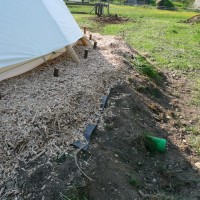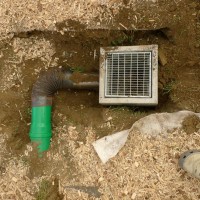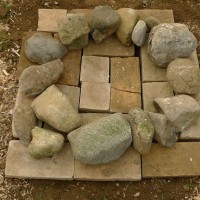THE FIRST SNOW HAS FALLEN
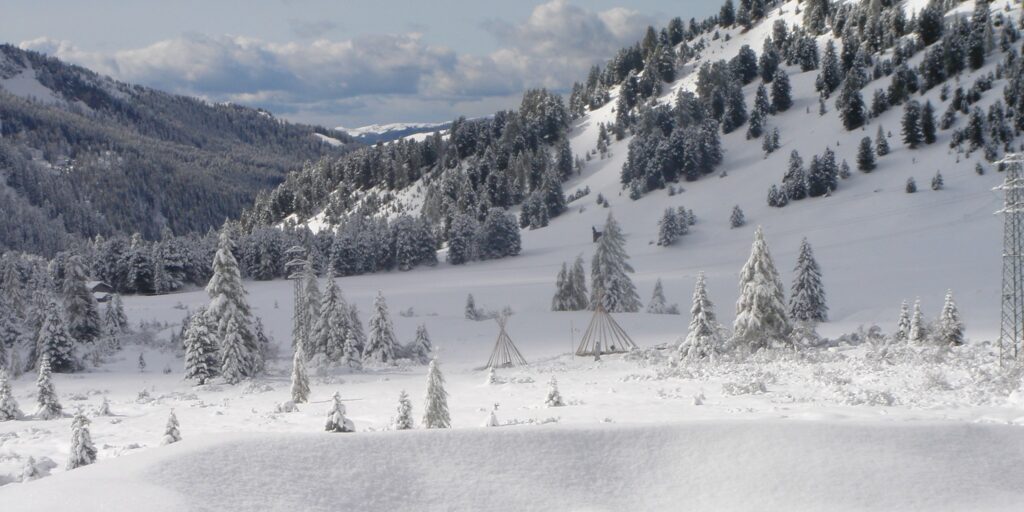
"When it snows at night, we still notice in the morning, before we open our eyes, that something has changed. The crackling of the branches sounds soft, as in the distance. The light that enters from outside is scattered. We look out the door and discover that the whole world is wrapped in a beautiful white blanket. »
Source R. and G. Laubin
You may shudder at reading these lines in the notion of cold and hardship. But do not worry! In the tepee, even at temperatures well below zero, it is still warm and comfortable. Of course, camping in winter is more demanding than in summer. We need a lot of wood for heating, because das feuer usually needs to be entertained throughout the day. The pleasant and pleasant warmth is the reward.
AUFBAU
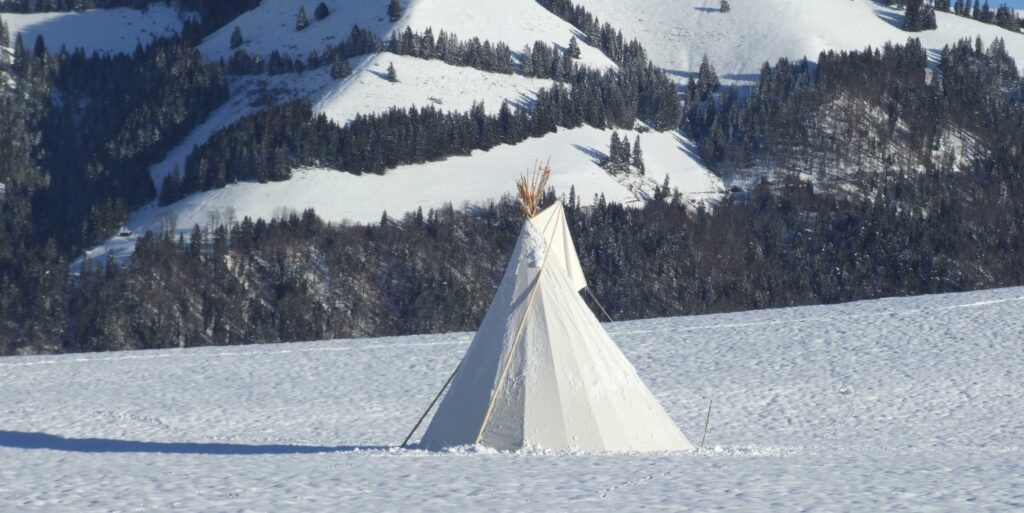 For the construction, the snow is first removed down to the solid ground so that the pegs can be anchored in the ground. If the snow was removed shortly before construction, the ground should not be frozen yet. If it is, it is suggested to use a heated iron rod to then sink the pegs for anchoring. Otherwise, everything stays the same during assembly.
For the construction, the snow is first removed down to the solid ground so that the pegs can be anchored in the ground. If the snow was removed shortly before construction, the ground should not be frozen yet. If it is, it is suggested to use a heated iron rod to then sink the pegs for anchoring. Otherwise, everything stays the same during assembly.
MAINTENANCE
If you want to survive a hard winter with snow without damage, the tipi needs regular maintenance. To prevent snow from sticking, the outer shell should be carefully knocked off from the inside on a regular basis during heavy snowfalls. If this is neglected and the snow left lying around melts during the day and freezes at night, it becomes heavy and the teepee cover could tear under the load.
Regular winter inspection
- Is the anchor rope tight?
- Does the anchor herring sit firmly in the ground?
- Did not herring solve?
- Is the draft guaranteed?
- Are the smoke flaps in the right place?
If the maintenance in winter is too tedious for you or you do not use the tipi at all, you can also take the dry cloth down with the lift pool and simply leave the poles for the winter. Without a cloth, the poles bear practically no weight and the wood does not mind the cold. In spring, the cloth is lifted up as usual and reassembled.
FIRE
If you want an open fire in the tipi in winter, you should pay enough attention to the fresh air supply! The openings on the edge of the tent urgently need to be shoveled free. If the supply air is missing, the fire can no longer breathe and heavy smoke is the result. You can use this snow to build a protective wall around the tipi, for example, so that it absorbs the cold wind.
A customer of ours gave us this ingenious idea to preserve the supply air for the fire in winter despite masses of snow. He buried a tube that he connected to a small shaft. This was subsequently loosely covered with stone slabs and thus the fire is directly ventilated from below like a fireplace.
LIFE IN TIPI
Anyone who has ever camped on snow knows how exhausting the cold and wet can be. Frost forms on the walls, which brings a lot of moisture into the tent. In the tipi, the possibility of a fire means that the atmosphere is always pleasant and dry.
The diameter of a winter tipi should not be less than 5m, so that the inside of the tent remains completely smoke-free even in bad weather. The floor is covered with a thick layer of wood chips (without bark) or a wooden floor. Insulation under the sleeping area is particularly important in winter. The wood chips insulate sufficiently, but with a wooden floor, the sleeping area should also be insulated with some sticks.
